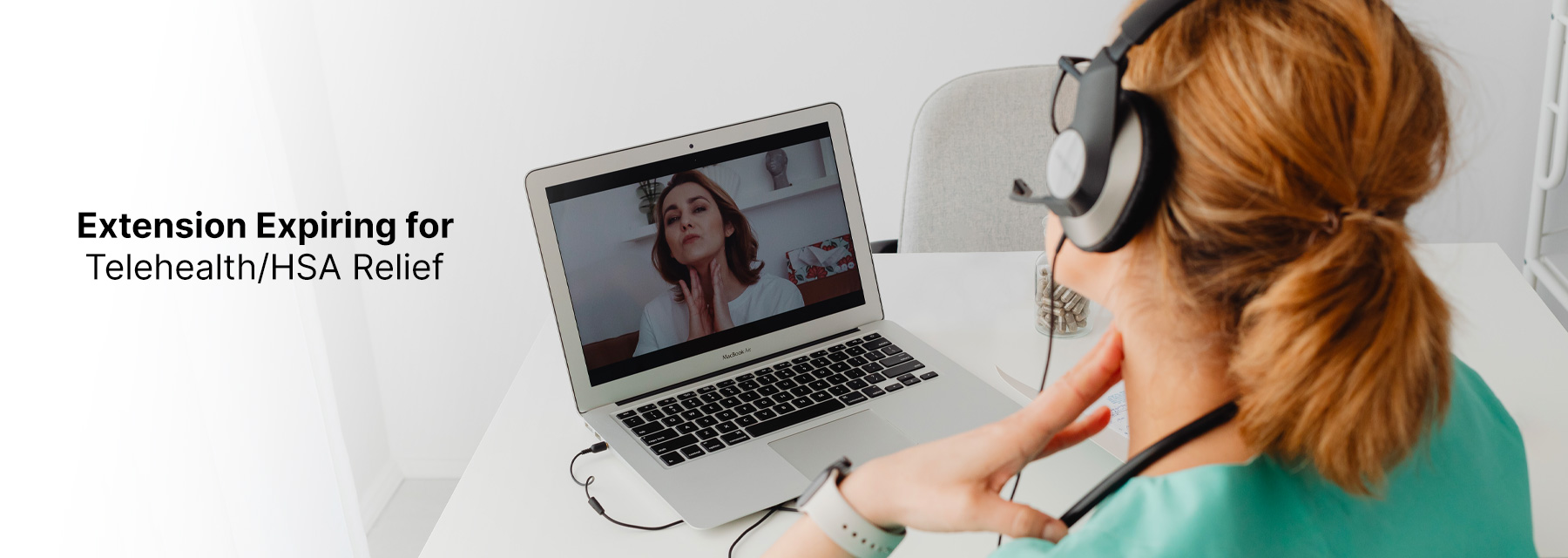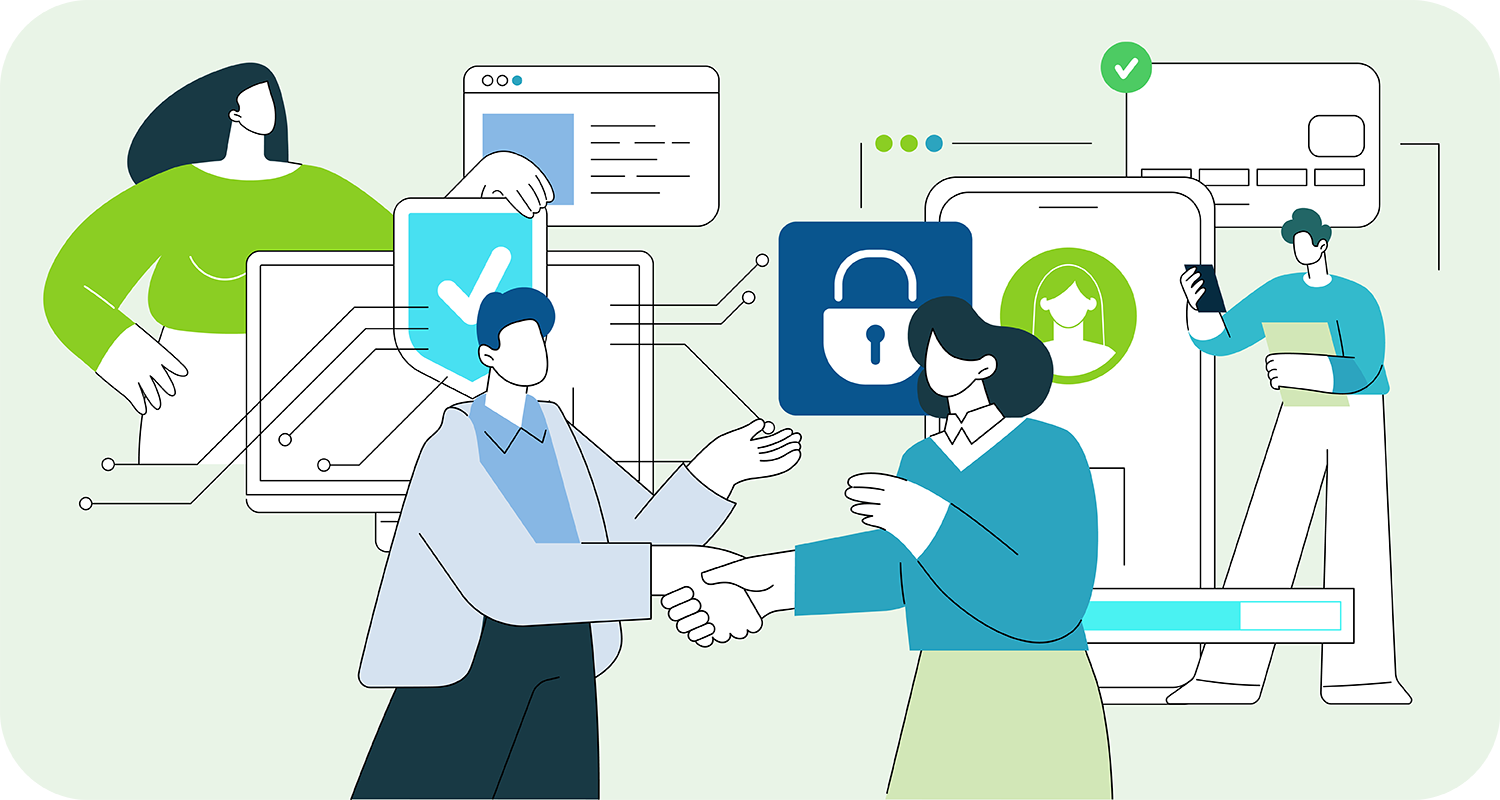As the one-year anniversary of the COVID-19 lockdown approaches, we’re looking back at all the changes that were made and how we need to prepare for the emergence of the next normal.
This next period will continue to embody many of the pandemic-induced changes people made to their everyday lives, such as the way we work, shop, go to school, dine, and get medical services. All these changes are permanently altering risk profiles across industries. Because these changes are permanently altering risk profiles across industries, the pre-pandemic risk management strategies and insurance programs from once upon a time, may no longer be relevant.
Risk managers must partner closely with their brokers to understand how the evolving landscape has altered their risk profile and reassess risk management programs, as well as insurance programs, to make sure that that any gaps in coverage are both identified and managed.
The Emerging Next Normal
The reality is that the old normal is no longer an option. The effects of COVID-19 have seeped into the DNA of everyday life and gained a place of permanence. According to McKinsey & Company, the following 4 factors will define the future state:
- Lingering concerns about exposure to COVID-19 – this is the fear of resurgence. Even after we get the green light to proceed as before, some people will fear its return. As such, many of the health and safety protocols will continue.
- Preparation for the next pandemic – the risk of another pandemic is very real now. Therefore, it will now be a “significant consideration in future business decisions and risk management strategies.” To avoid a repeat of the chaos and disruption ensued as COVID-19 first broke out, organizations will have strategies in place and be ready to deploy should the need arise again.
- Long-term changes to the ways people work, shop, dine, and travel – this is composed of the changes we had to make to accommodate a sense of normalcy this past year. These changes include telework, online shopping, telehealth and a corporate world made accessible thanks to the Zooms, Skypes and Google Meets of today. Going forward, many workers will never return full-time to the office. Those who have relied on online shopping will most likely continue to do so. Many office visits will be replaced by video ones or phone appointments.
- The continuation of the successful operating models developed in response to the pandemic – Because of the pandemic, many organizations across industries changed their operating models, adopting new ways to conduct business as a direct response to the pandemic exposures. This resulted in “gains in speed and productivity” for many organizations.
Technology
The COVID-19 pandemic caught us all unprepared but, due to off-the-shelf communication and collaboration tools, many aspects of our lives were able to continue without too many bumps and disruption. For all the benefits of technology however, it also opened us up to new risk and vulnerabilities as new tech risks emerged. These risks are unlikely to go away once the pandemic is declared “over” and will continue to challenge IT departments and network security professionals alike.
Telework
While several employers and employees working remotely are anxiously awaiting their return into the office, many companies will allow, encourage or even require employees to continue working from home in the next normal.
- Workers Compensation Insurance – while the policy does cover at-home employees for work-related injuries, the question remains: where does that liability end? How does an employer know that the employee suffered an injury while acting on behalf of their employer?
- Wage and Hour Claims – in an environment where the home is headquarters for both work and personal life, it is difficult to time keep working hours and we may see an increase in wage and hour claims as a result.
- Information Security – many remote employees depend on their personal devices to work. As such, the typical security parameters IT relies on are ineffective. IT may have the right strategies in place but the endpoints (I.e. employees’ computers, tablets, smartphones, etc.) may remain vulnerable while they are disconnected from their respective corporate networks.
- Ransomware Attacks – while these have been on the rise for some time now, the pandemic has made them more frequent and more hostile. Cybercriminals are exploiting pandemic-induced fears and tricking employees into “clicking here” to gain access to networks. As a result, many companies are deploying training exercises to help employees identify potential cyber-attacks.
The world has drastically changed. Organizations and people have had to adjust and adapt to “pandemic-driven shifts in the risk landscape.” Going forward, organizations will need to review their risk management approach and prepare for the next normal. The pandemic has given us an opportunity to identify weaknesses in traditional risk analyses. Further, it has shown us the ripple effect a cause can have throughout an organization.
As risk managers “identify, quantify, and prioritize new risks, and appropriately modify their risk management and insurance programs”, they must also accept the fluidity that comes along with the new risk landscape; things that remain unsettled and strategies put into place may need to adjust to the new environment.
The complete article can be found here. To review your exposures and identify any potential gaps in coverage, please contact your Sequoia Risk Advisor, or connect with them directly in HRX.
Disclaimer: This content is intended for informational purposes only and should not be construed as legal, medical or tax advice. It provides general information and is not intended to encompass all compliance and legal obligations that may be applicable. This information and any questions as to your specific circumstances should be reviewed with your respective legal counsel and/or tax advisor as we do not provide legal or tax advice. Please note that this information may be subject to change based on legislative changes. © 2021 Sequoia Benefits & Insurance Services, LLC. All Rights Reserved




